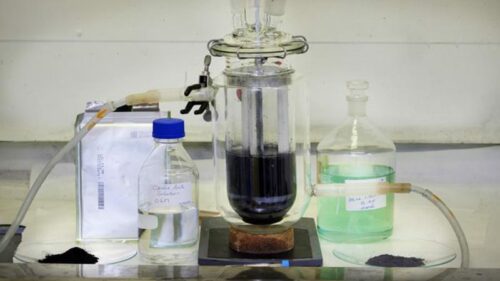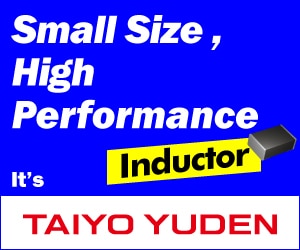This eco-friendly approach utilises oxalic acid from plants like rhubarb and spinach to efficiently recover 100% aluminum and 98% lithium while preserving valuable raw materials like nickel, cobalt, and manganese.

Researchers at Chalmers University of Technology in Sweden have efficiently recycled metals from spent electric car batteries. Their innovative method enables the recovery of 100% aluminum and 98% lithium in these batteries while minimising the loss of valuable raw materials like nickel, cobalt, and manganese. This process is carried out without using expensive or harmful chemicals, relying instead on oxalic acid, an organic acid found in plants. Léa Rouquette, a Ph.D. student at Chalmers’ Department of Chemistry and Chemical Engineering, explained the challenge they faced, stating, “So far, no one has managed to find exactly the right conditions for separating this much lithium using oxalic acid, while also removing all the aluminium. Since all batteries contain aluminum, we need to be able to remove it without losing the other metals.”
The researchers conducted their experiments in Chalmers’ battery recycling lab, using pulverised contents from spent car battery cells. This material, resembling a finely ground black powder, was dissolved in a transparent liquid—oxalic acid. The process, though appearing deceptively simple, represents a groundbreaking scientific achievement. By precisely adjusting factors like temperature, concentration, and time, the team devised a novel recipe for using environmentally friendly oxalic acid derived from plants like rhubarb and spinach. They emphasised the importance of alternatives to inorganic chemicals in the recycling industry. Traditional hydrometallurgy dissolves all metals in an electric vehicle battery cell in inorganic acid, necessitating the removal of impurities like aluminium and copper before recovering valuable metals like cobalt, nickel, manganese, and lithium. This process can inadvertently cause lithium loss due to multiple purification steps.
In contrast, the researchers reversed the order by first recovering lithium and aluminium, reducing the waste of precious metals required for manufacturing new batteries. The subsequent phase involves filtering the black mixture and separating aluminium and lithium, which is relatively straightforward due to the distinct properties of these metals. The team mentioned separating metals will be simple since they have very different properties. Their method is a promising new route for battery recycling that warrants further exploration. The method could be scaled up for industrial use.







